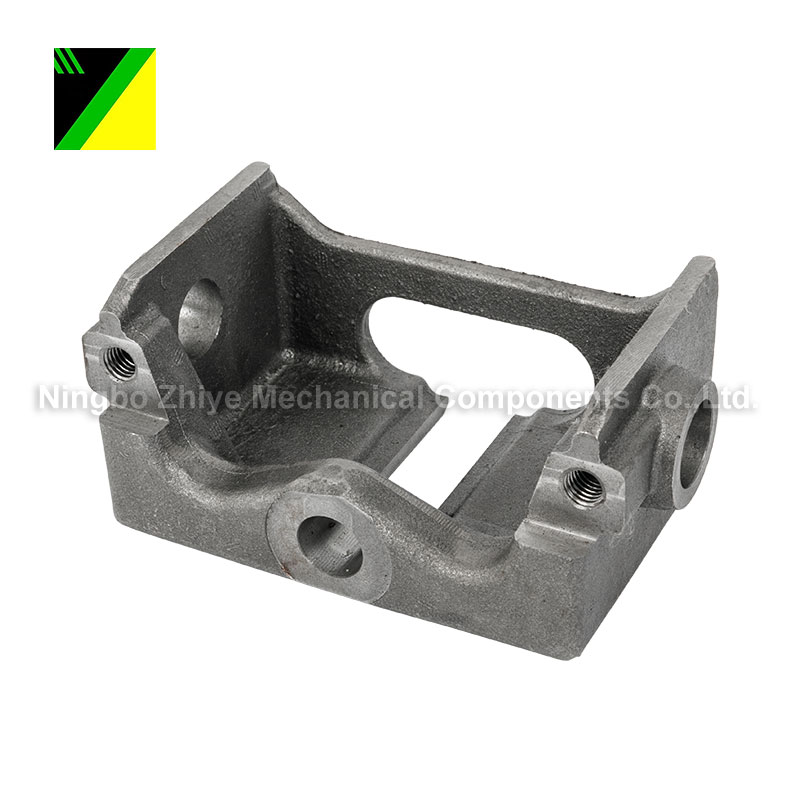Causes of excessive carbon content in lost foam castings
2023-10-17
1. The material selection for the casting pattern is unreasonable. When choosing the white pattern material for the casting, one factor is the high carbon content; the other is the high density of the white pattern. Therefore, the carbon content of the casting is high during the thermal decomposition and decomposition process during the pouring process, and the cracks in the lost foam casting make the liquid phase and mist-free carbon content of the casting during the pouring molding process high, resulting in an increase in the nitriding probability of the steel casting.
2. The carbon content in the smelting seasoning is not strictly controlled, especially the carbon content in various steel scraps and materials without other alloy components.
3. The appearance of the casting has many bonding surfaces. The quality of the mold assembly is poor, and the surface of the assembly is not smooth, resulting in an increase in the amount of glue used when the assembly is bonded and an increase in the carbon content of the thermal decomposition product.
4. The selection of white mold binder is unreasonable. One is that there is no regulation on the material quality and component content of the binder, and a binder with a strong carbon content is used; the other is that the selected binder has poor bonding ability, resulting in a large amount of glue used in the combination of white molds; an increase in the carbon content of the thermal decomposition product of the binder in the pouring link; and an increase in the nitriding probability of the steel casting.
5. The pouring type design in the casting pouring system configuration is unreasonable. When producing mild steel castings, the steel casting product has a lower carbon content. If the pouring and filling method of the casting is not designed properly, the probability of carbon in the forging thermal decomposition product diffusing into the casting will increase, resulting in nitriding and carburization.
6. The forging coating and molding sand in the casting sand box have poor air permeability. During the production and pouring process of castings, when the pouring steel solution is used for bonding, it will meet the thermal decomposition products of the pouring steel solution for the thermal decomposition of the shape, which cannot be quickly discharged from the pouring cavity, resulting in unfavorable working conditions and conditions of nitriding and carbon deposition.
7. The pouring system configuration of steel castings is unreasonable. In particular, the unreasonable configuration of the vacuum pumping system and the pouring sand box or the pouring process of the castings leads to different vacuum values in the pouring sand box during the pouring process of the castings; the error is too large or the specific vacuum value is insufficient, while the vacuum pressure gauge shows that it is in line with the performance parameters. Incorrect values specified in performance parameters lead to nitriding or carbon deposition in castings.
8. The pouring standard setting for lost foam casting technology is unreasonable. If the pouring molding process is set too long, the temperature of the pouring molten steel will be lower during the pouring process, especially as the thickness of the casting increases, and the condensation rate of the pouring molten steel will be slower, resulting in a longer liquid-solid residence time, which will promote the appearance of thermal decomposition products of the molten steel. The effective time increases, increasing the nitriding and carbon accumulation of cast steel.



